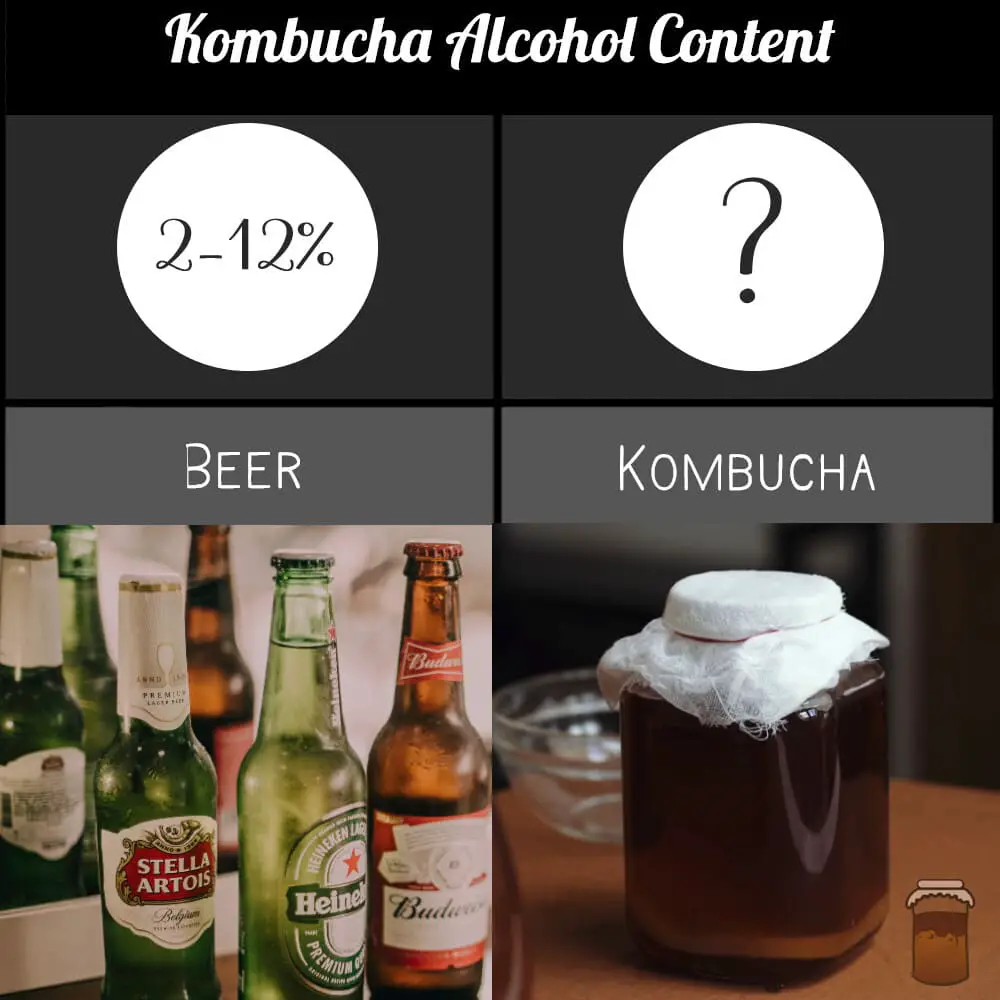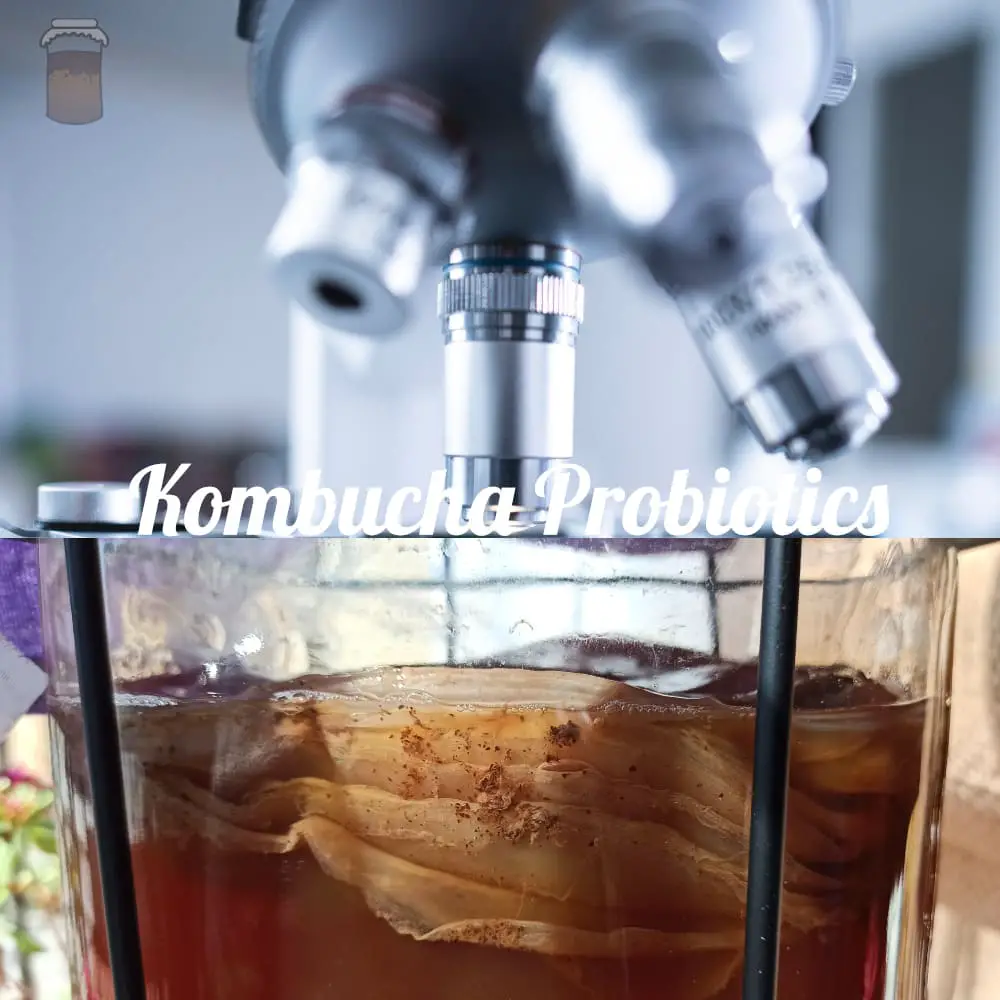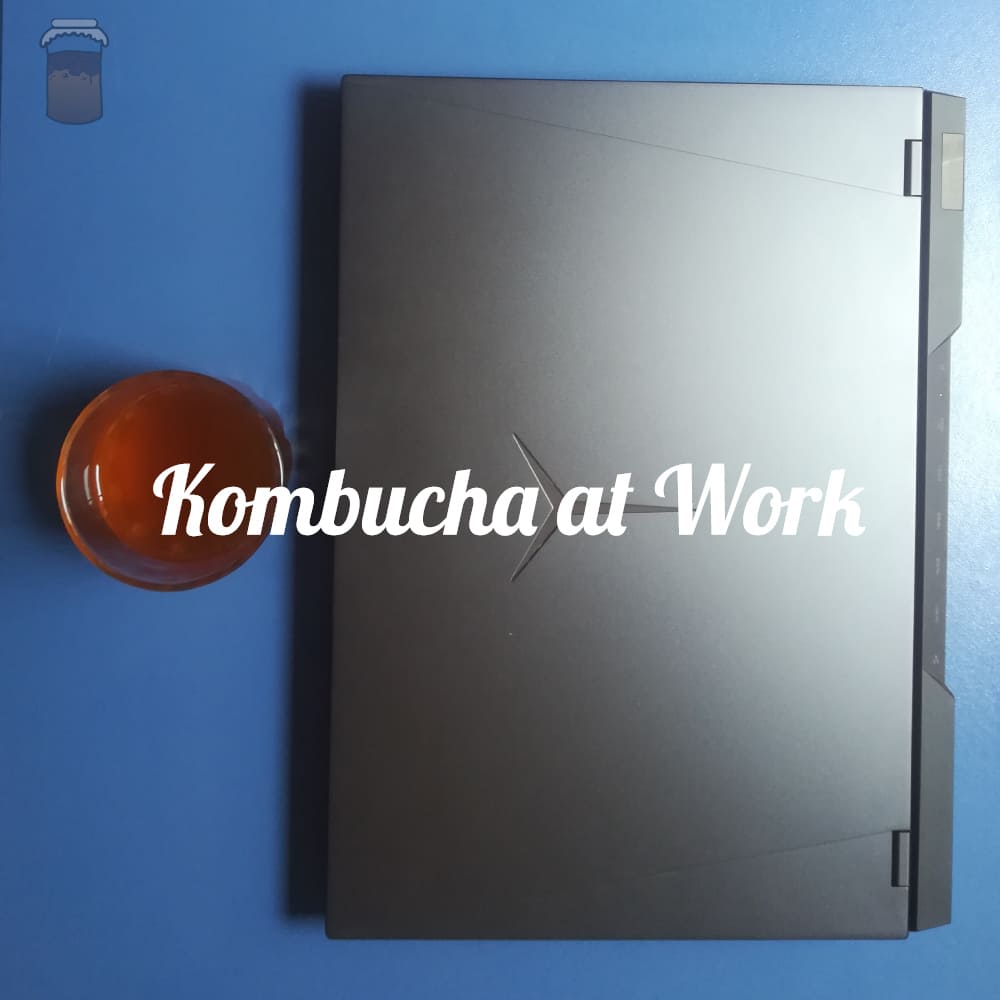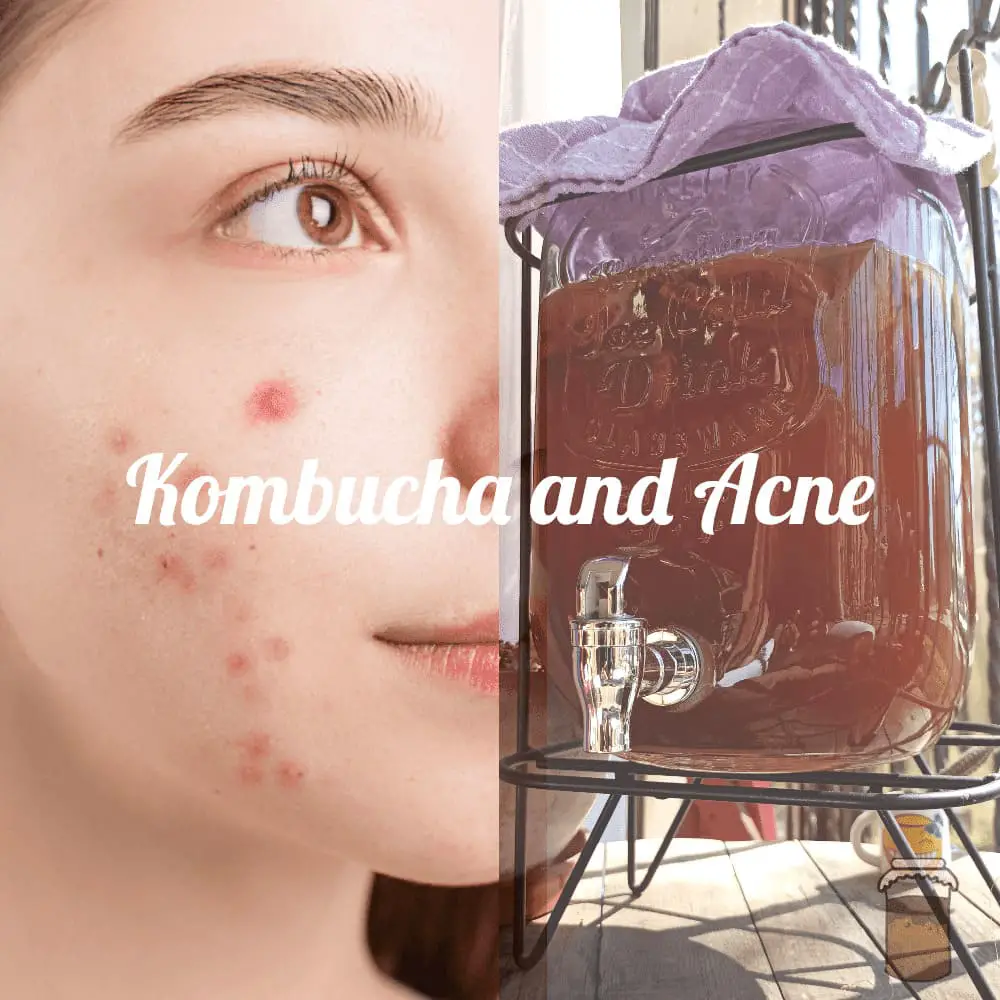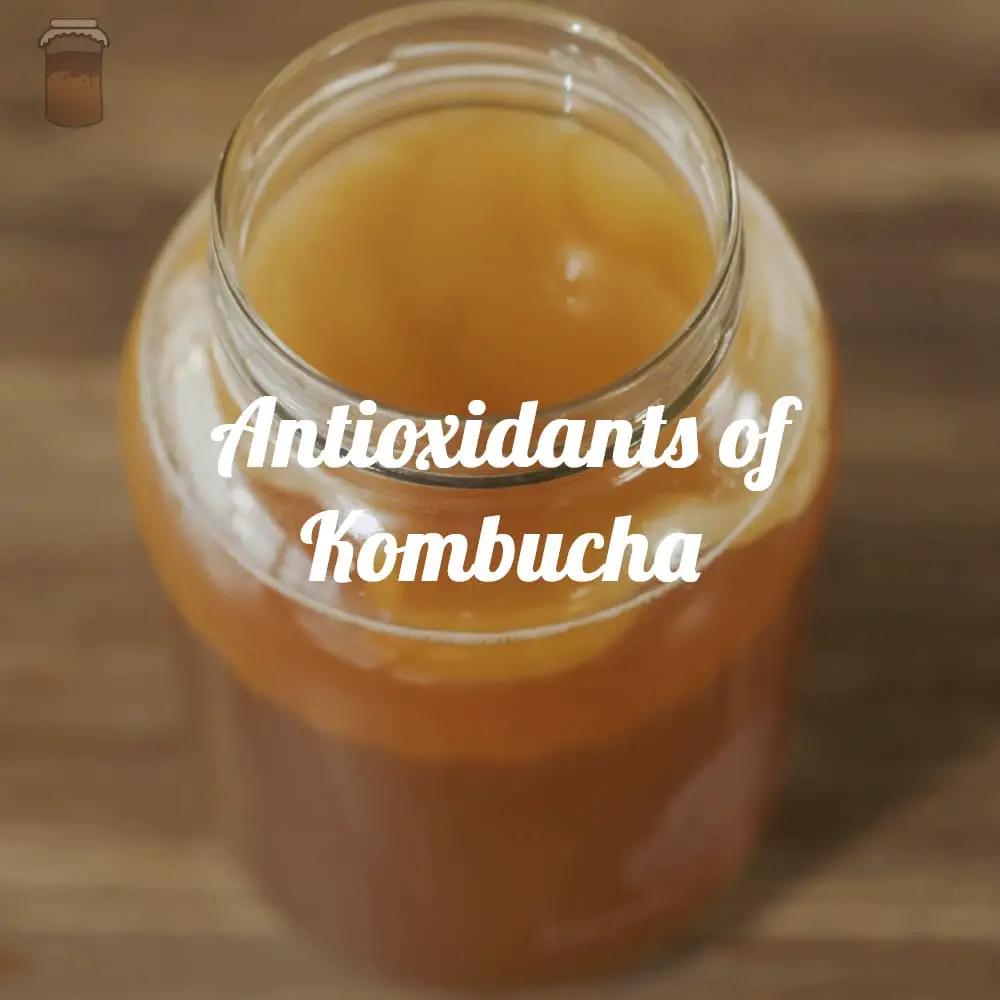
The antioxidants of kombucha are an aspect that attracts a lot of attention since these are quite beneficial for the body. Remember that antioxidants are substances that can fight free radicals, so it is highly recommended to consume foods rich in this compound.
The antioxidant capacity of kombucha is due to one of the ingredients, tea, which (especially green tea) has many antioxidants called polyphenols. In addition, it is suggested that the fermentation time of this drink directly affects its antioxidant properties, increasing its effect.
As mentioned, antioxidants deal with free radicals that damage the body’s cells. Then our body uses antioxidants to balance free radicals, allowing us to protect and reverse some of the damage.
But that’s not the only thing, as antioxidants have been found to have the ability to slow down the aging process and even reduce the risk of neurodegenerative diseases.
Are the antioxidants in tea transferred when fermented into kombucha?
Yes, the antioxidants of the type of tea used to make kombucha transfer their antioxidants at the time of fermentation.
In fact, several parameters influence the properties and content of kombucha, including the type of tea used, fermentation time, SCOBY (Symbiotic Cultures of Bacteria and Yeast) colony content, and temperature. [1]
The dry weight of fresh tea leaves is 30% polyphenols, which are epigallocatechin and epicatechin. The antioxidants in tea are transferred with the breakdown of complex molecules, which occurs when bacteria and yeast release enzymes and affect the phenolic compound. This causes the total phenolic compounds in the tea to increase, so the total phenolic content improves after fermentation, as we discussed in the article about the fermentation conditions of kombucha. [2]
The latter does not mean it is appropriate to increase the fermentation time in this drink since it changes many other properties apart from the number of antioxidants, such as taste, which can become unpleasant as the kombucha decreases its pH.
From all this, we can deduce that kombucha, like tea, has polyphenols and other antioxidant compounds. However, in the case of kombucha, the effects are much greater than those of black tea due to fermentation.
In addition, it should be mentioned that the high antioxidant power of kombucha has been found to prevent damage to body cells, inflammatory diseases, immune system failure, and the formation of cancerous tumors, which we have discussed in the benefits of kombucha. [3]
How many antioxidants are in kombucha?
The antioxidant compound content in kombucha was found in a range of 70.62% and 94.61% DPPH (2.2-Diphenyl-1-Picrylhydrazyl) inhibition. DPPH is the method by which antioxidant activity is measured. [4]
The anti-radical properties of kombucha can be affected by the fermentation time and the type of tea used. So the gap in kombucha’s antioxidant range is due to precisely this.
For example, green tea kombucha was characterized by having a higher antioxidant potential and reached the highest value on the first day of fermentation. However, the ability to deactivate free radicals was reduced with increasing fermentation time. To understand this better, let’s look at the concentration of polyphenols and flavonoids in kombucha.
Polyphenols in kombucha
Analyses conducted on the content of polyphenols (group of antioxidants) in kombucha made with black tea revealed that the content of compounds belonging to this group fluctuated in the range of 182.12 mg / L before the addition of SCOBY to 320.12 mg / L in kombucha prepared from green tea on day 14 of fermentation. [5]
Meanwhile, green, red, and white tea kombucha showed a higher polyphenol content on day 14 of fermentation. On the other hand, kombucha, made from green and white tea, had a considerable increase in polyphenolic compounds with an increase in the duration of fermentation. [4] [5]
We have a review about green tea kombucha vs black tea kombucha, where we discussed the antioxidant capacity and other properties.
Flavonoids in kombucha
The content of flavonoids (antioxidants, compound of the polyphenols) was higher for all types of teas before fermentation (395.93 mg / L in red tea). However, then with the addition of SCOBY, the content of this antioxidant was significantly reduced.
But not only that, but this decrease was advancing, reaching lower values on day 7 of fermentation. However, on day 14 of fermentation, there was an increase in the content of this compound.
In summary, there are statistical differences in the antioxidant content in kombucha depending on the tea used and the fermentation time. In other words, the studies showed a significant correlation between the range of polyphenols, flavonoids, antioxidant potential, and the duration of fermentation.
It was shown that depending on the type of tea, the correlations between the parameters are very different. [5]
Can kombucha be considered a good source of antioxidants?
Kombucha is one of the best sources of antioxidants in the world today. To understand this, we must know that the primary and most widespread antioxidants are vitamins E, A, and C and polyphenolic compounds.
Remember that phenolic compounds are a vital part of the human diet and are of great interest thanks to their health-promoting properties, including antioxidant effects. Because of this, they can capture peroxide anions, lipid radicals, hydroxyl radicals, and reactive oxygen species.
In general, sources of antioxidants are mainly sought in natural plant resources. These can be found in tea, coffee, fruits, vegetables, spices, and herbs. That said, kombucha, as we know, is made from tea with sugar and SCOBY.
Vitamin E, in particular, is considered the most potent antioxidant. It is nature’s most effective lipid-soluble chain breaker. In addition, it protects cell membranes from being attacked by lipid peroxide radicals. [7]
But that’s not all, since when preparing kombucha, during the oxidation of polyphenolic compounds, catechins, flavonoids, and other compounds are formed that benefit the organism’s health.
In conclusion, kombucha has strong antioxidant properties associated with a high content of polyphenols, particularly flavonoids. [8]
Does kombucha cream have antioxidants?
Yes, kombucha cream, like the drink, has a high concentration of antioxidants, but it also has a naturally balanced pH, amino acids, vitamins, and enzymes. All these features make it suitable for the skin and hair.
According to Dr. Amanda Champlain, MD, a board-certified dermatologist in Texas, about 1,000 species of bacteria live on the skin and form the microbiome of it. This is where topical kombucha probiotics can be beneficial in keeping the skin microbiome healthy. In fact, it fulfills the essential function of preventing infections, maintaining the acidic pH of the skin, and hydration. [9]
In fact, we have a fascinating article about kombucha and skin irritation, as well as the effects of kombucha on hair.
On the other hand, remember that kombucha is full of antioxidants that fight free radicals and reduce the signs of premature aging. In fact, Dr. Peredo notes that kombucha can exfoliate the skin to brighten and even tone, reducing fine lines and dark spots.
To this, we must add that kombucha has antiseptic properties and natural acids that allow it to balance the pH levels in the skin to have it clearer.
Basically, kombucha cream retains its antioxidant properties, which are beneficial for skin care. This is something that companies like emerginC and Oak Bay Naturals know all too well and have launched product lines that market kombucha as crucial active ingredients.
In fact, according to EmerginC, kombucha not only can detoxify but also moisturizes the skin because it improves its elasticity. At the same time, it enhances its tone, texture, and clarity. Moreover, so used as an active ingredient manages to combat the appearance of wrinkles and fine lines.
You already have all the information possible about the antioxidants in kombucha, so if you haven’t consumed kombucha, I recommend you do, as I also recommend you continue to see all the information we have for you.
References
[1] https://www.ncbi.nlm.nih.gov/pmc/articles/PMC7278673/
[2] https://link.springer.com/article/10.1007%2Fs13197-019-04217-3
[3] https://biointerfaceresearch.com/wp-content/uploads/2021/08/20695837123.40184027.pdf
[4] https://www.ncbi.nlm.nih.gov/pmc/articles/PMC7278673/
[7] https://www.dsm.com/anh/en_US/feedtalks/feedtalks/vitamine-powerful-antioxidant.html
[8] https://www.ncbi.nlm.nih.gov/pmc/articles/PMC7278673/
[9] https://www.thezoereport.com/beauty/kombucha-in-skin-care-benefits


